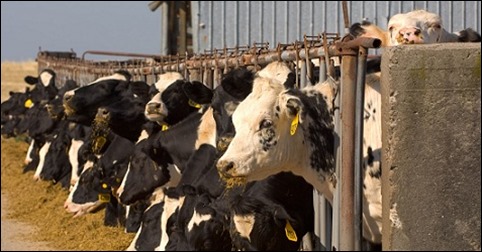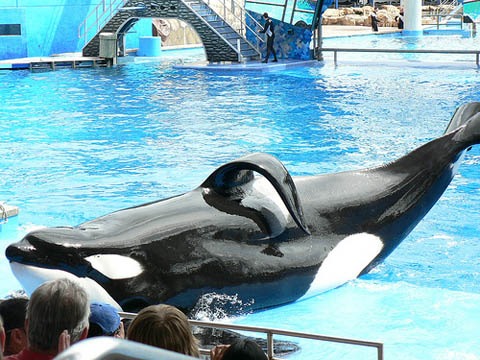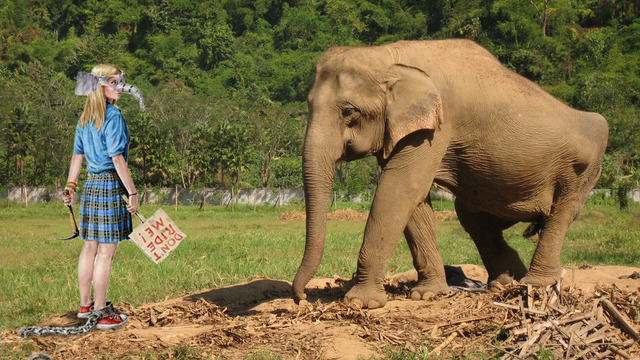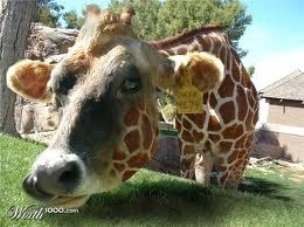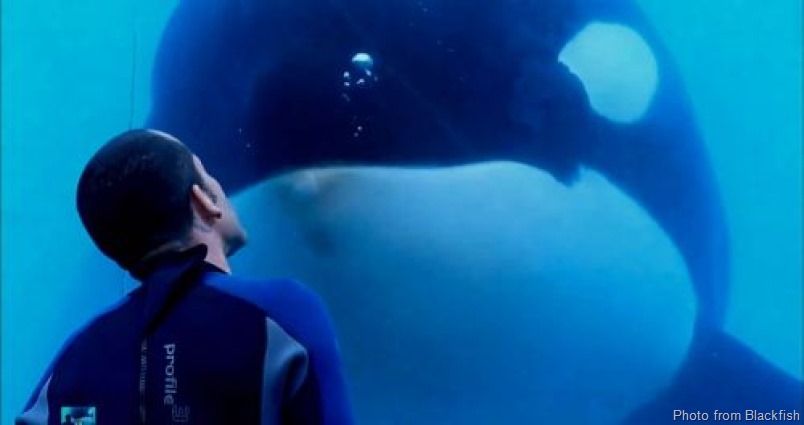Three thousand years ago, in Ancient Egypt, people generally believed that the sun god Ra rose from the darkness each day and rode across the sky. Observations – by sailors, for example, who could watch mountains slowly sinking below the horizon as they sailed from shore – gradually disproved that notion.
However, for another 2,000 years it was still mostly agreed that the Earth was at the center of the universe and that all heavenly bodies revolved around it. Indeed, it could be quite dangerous to suggest otherwise. But scientific data kept showing that this view was indisputably incorrect. And despite persecution from the Catholic Church, Galileo’s model of the universe eventually won out.
Over time, the dynamic self-correcting nature of science has led us to an increasingly better understanding of the world. We no longer accept Earth-centered astronomy, flat-earth models, or the idea that disease is based on imbalances in bodily “humors”.
But there is still one domain that we cling to despite all the evidence to the contrary – a view of nature known as the Scala Naturae or Great Chain of Being. The Scala Naturae is a philosophical view of nature attributed to Aristotle in Ancient Greece. According to this view, nature is arranged on a kind of ladder or hierarchy of increasing “advancement” and value, moving up from inorganic objects like stones, at the very bottom, to plants, through the “lower” animals such as sponges, to vertebrates such as fish, then to “higher” animals such as mammals, then to monkeys and apes, and finally humans.
While we’ve rejected every other inaccurate model of the world, like the flat Earth, we continue to embrace the Scala Naturae.As Christianity grew, the church added spiritual beings to the ladder, placing angels above humans, and then, at the very top, God, who was seen as perfect and all other natural forms as progressively less perfect as one moved back down the ladder.
As this view of nature spread, humans were increasingly seen as being separate from animals by virtue of being “part-animal” and “part spiritual.”
Darwin’s discoveries showed conclusively that there is no ladder, but that all life is instead connected through branching evolutionary relationships – known as phylogeny. Even though he demonstrated that there is no “up” and “down”, Darwin’s insights were relabeled as the “phylogenetic scale”, which continued to preserve a hierarchical system in which “higher” organisms were more “evolutionarily advanced” than “lower” ones.
To this day the phylogenetic scale leads many people to claim the impossible: that some modern species are ancestral to other modern species. For instance, modern fish are viewed as ancestral and “more primitive” to mammals, and modern great apes are viewed as ancestral to humans, who are considered the most “advanced”. And while we’ve rejected every other inaccurate model of the world, like the flat Earth, we continue to embrace the Scala Naturae.
The effects of this belief system continue to be disastrous for us, the other animals, and the planet. That’s because there are consequences to upholding incorrect and archaic views of the world – like when doctors recommended plunging sick people into ice cold water to get rid of the yellow bile. The seductive quality of the Scala Naturae is that it places us at the top of a hierarchy and tells us that we are not only better than all the other animals but that we are qualitatively different and that we enjoy some of the perks of being spiritual, like being closer to God and the angels.
As long as we view ourselves as “higher than” or “qualitatively different from” the other animals, we will continue to make assumptions about them that promote abuse and exploitation. The Scala Naturae gives us license to exploit other animals because they are seen as being further down the ladder. It also helps us to view ourselves as not being fully part of nature, and therefore to disconnect from empathizing with other animals. It seems to give us a “right” to treat them as commodities for our own use. Even seemingly well-intentioned ideas about stewardship and dominion are ultimately just manifestations of the same hierarchical view that leads to abuse and exploitation.
It’s time to add the Scala Naturae to the list of archaic and disputed ideas like the Flat Earth, and to adopt the science-based view of nature as an interconnected tree of life forms, branching in many directions, and where we humans live.

